
Looking like an elaborate work of art or alien from space, romanesco is an uncommon vegetable frequently available only at local Farmer’s Markets or to grow from seed. Also called romanesco broccoli or Roman cauliflower (even though it is neither one), this unusual cultivar of Brassica oleracea dates back to the 16th century. It is sometimes mistakenly called broccoflower, but that name really refers to green-colored cauliflower. This Italian heirloom that was once grown exclusively around Rome produces striking light green heads composed of numerous cone-shaped florets, each one growing in a logarithmic spiral. The pointed groups of buds are a cluster of branched meristems arising from a central stem in a spiral arrangement, creating a fractal pattern (a self-similar pattern). The heads can be quite large, up to 5 pounds each.
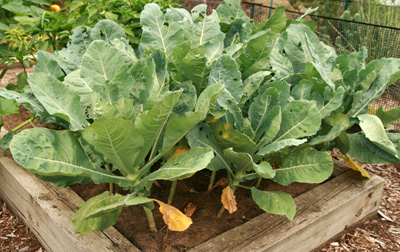
The strap-like leaves are a dark blue green typical of broccoli or cauliflower and the plants look very similar to those other vegetables when they are growing in the garden.
This cruciferous plant is as easy to grow as normal broccoli or cauliflower. Even though it is a cool season plant, it is best started indoors 4-6 weeks ahead of time and transplanted into the garden after the last frost.

Place the plants 18-24″ apart, in fertile, well-drained soil. Keep well watered and fertilize once or twice during the growing season. Romanesco plants are susceptible to the same insect and disease problems as other brassicas, so be on the lookout for cabbage caterpillars (imported cabbageworm (Pieris rapae), diamondback moth (Plutella xylostella) and cabbage looper (Trichoplusia ni). You can cover the plants with floating row cover to prevent the adults of those caterpillars from laying eggs on the leaves but this can be challenging once the plants get large. Other controls include regular sprays of Bt or chemical insecticides labeled for use on cole crops.
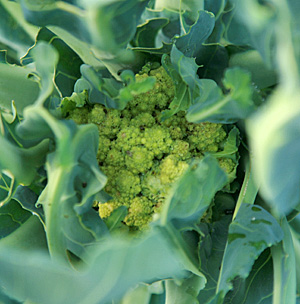
Heads should be ready to harvest 75-100 days after transplanting. Once they are ready the entire head can be cut off with a sharp knife or individual stalks can be removed. Once the head is cut it does not typically produce new side shoots. Choose dense heads without any discoloration. Harvested heads can be stored in plastic in the refrigerator for about a week.
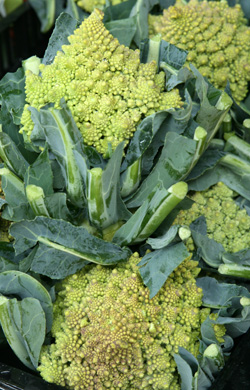
Open pollinated heirloom varieties tend to be quite variable in the size of heads produced as well as when they reach maturity. Newer varieties offer more compact plants with more uniform head size (and usually on the smaller size) and more predictable maturity. ‘Veronica’ is the most widely available named cultivar with reasonably sized heads.
Romanesco has a mild flavor, often described as “nutty, slightly spicy” with a texture similar to cauliflower. It can be prepared in a manner similar to cauliflower or broccoli – eaten raw or cooked – but it has a different flavor than either of those vegetables.
– Susan Mahr, University of Wisconsin – Madison
Ask Your Gardening Question
If you’re unable to find the information you need, please submit your gardening question here:





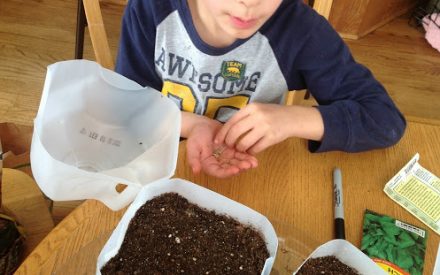 Seed Starting
Seed Starting Growing Vegetables at Home: Questions and Answers
Growing Vegetables at Home: Questions and Answers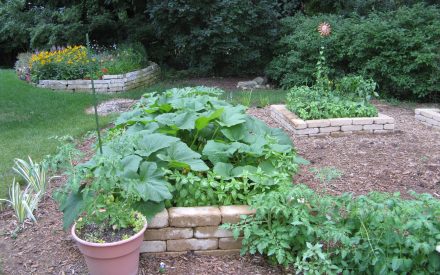 Growing Vegetables in Containers
Growing Vegetables in Containers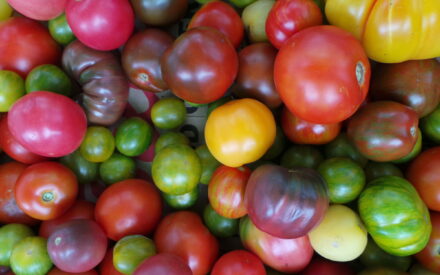 Homegrown Tomatoes for Wisconsin
Homegrown Tomatoes for Wisconsin


